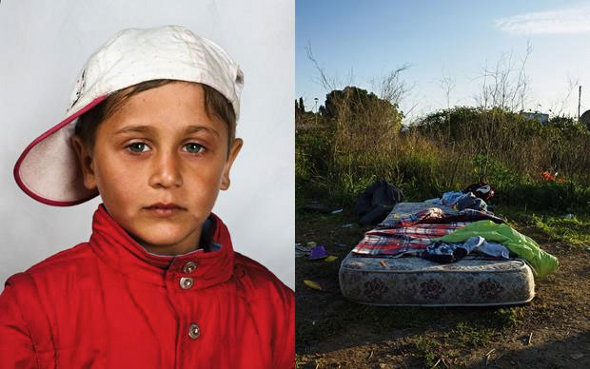
All images by James Mollison, in Where Children Sleep, downloaded from VisualNews.com
This photograph is part of James Mollison's book Where Children Sleep, which features 56 similar diptychs and is, as Mollison states, an attempt to engage with children's rights via an inclusive vision of the diversity of places children sleep. Mollison intended the book for children aged 9-13. He states that he wanted to photograph each child away from where he or she sleeps and in front of a neutral background to show them "as equals, just as children." The variety of sleeping places (the simple inability to write "bedrooms" is, itself, telling) are, Mollison notes, "inscribed with the children's material and cultural circumstances."
Recent comments
2 years 29 weeks ago
2 years 44 weeks ago
2 years 44 weeks ago
2 years 50 weeks ago
3 years 4 weeks ago
3 years 4 weeks ago
3 years 4 weeks ago
3 years 6 weeks ago
3 years 6 weeks ago
3 years 6 weeks ago